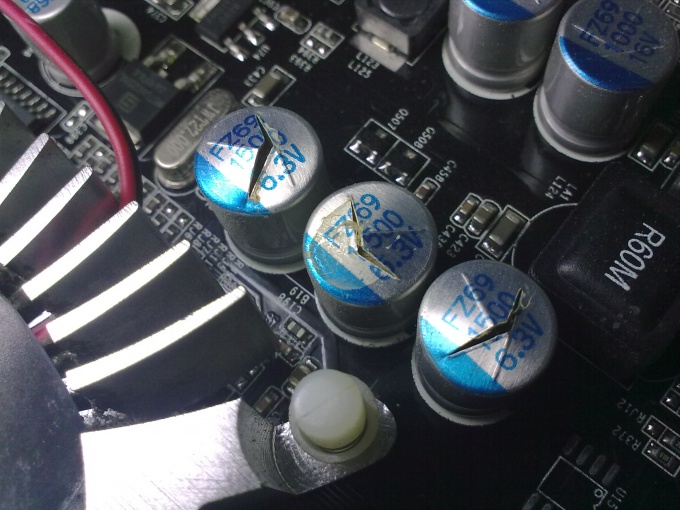You will need
- - Windows 7
Instruction
1
Press the power button to resume the computer from sleep mode or hibernation mode. Depending on the computer model can also be used pressing a key on the keyboard, mouse button or opening the top cover of the laptop.
2
Click "start" to bring up the main menu system and navigate to "control Panel" to disable auto-sleep mode and hibernation mode.
3
Select "System and maintenance" and open the link "power supply".
4
Click "Change plan settings" under the appropriate diagram on the page "Select a power plan" and follow our page to "Change plan settings".
5
Click "Change advanced power settings" and go to the tab "advanced settings".
6
Expand links to "Hibernate" and "Sleep after" and select "Never" under "Parameter".
7
Open the link "hibernate after" and change the value to "Never" under "Parameter".
8
Recreate links to "Screen" and "turn Off the display after and select "Never" under "Parameter".
9
Click OK to execute the command and confirm application of the selected change by clicking "Save changes".
10
Return to the main menu "start" and click "control Panel" to disable energy saving mode and delete the file hiberfil.sys responsible for the preservation of memory in hibernation mode.
11
Select "power options" and select "setting sleep mode".
12
Enter the command "Never" in the drop-down menu for "put the computer to sleep mode" and press the OK button to confirm the command.
13
Press Win+R to invoke the command line tool.
14
Enter the value powercfg -h off in the Open box and click OK to apply the selected changes.
Note
Procedure remove the file hiberfil.sys involves the administration of access to computer resources.
Useful advice
File sizes hiberfil.sys can be up to several gigabytes.











